'Line through our hearts': A Kashmir village, 75 years after partition
The narrow rope bridge that connects Teetwal to Chilehana is blocked on both sides by barbed wire
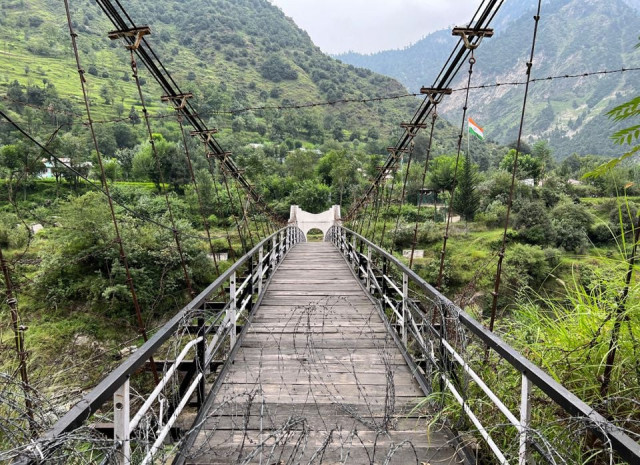
A roaring Himalayan river and one of the world's most militarised borders separate the Khokhar family in Kashmir, a mountainous region divided between India and Pakistan - arch rivals that gained independence from Britain 75 years ago.
Abdul Rashid Khokhar lives on the Indian-occupied side, in the village of Teetwal.
Across the fast-flowing waters of the Neelum River, also known as the Kishanganga, his nephews - Javed Iqbal Khokhar and Muneer Hussain Khokhar - run small stores in the hamlet of Chilehana in Pakistan's Azad Kashmir.
Above them, on both sides, loom tall, green mountains from where the militaries of the nuclear-armed neighbours have intermittently rained mortars, shells and small arm fire on each other through the decades.
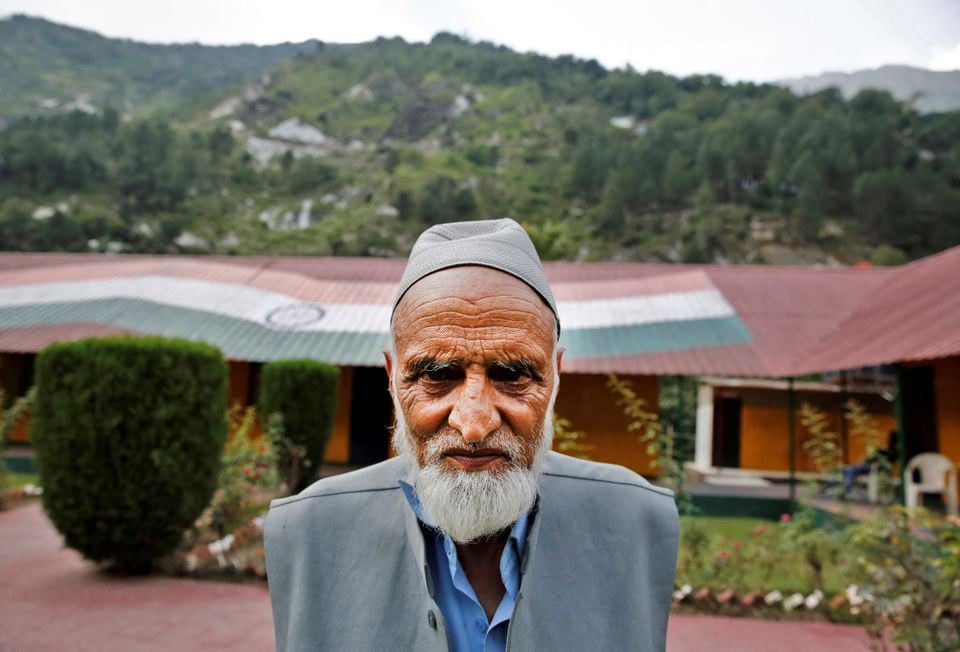
Abdul Rashid Khokhar, 73, a village council head, poses for a photograph near the Line of Control between India and Pakistan in Teetwal in IIOJK's Kupwara district August 8, 2022. REUTERS
Since early 2021, the Line of Control (LOC), a 740-km (460-mile) de facto border that cuts Kashmir into two, has been mostly quiet, following the renewal of a ceasefire agreement between India and Pakistan.
After years of bombardment and destruction in this part of Kashmir, farmers have returned to abandoned fields and orchards, markets are bustling, small businesses are expanding and schools are back to normal routines, residents on both sides said.
But the broken diplomatic ties between India and Pakistan, who fought two of their three wars over Kashmir, continue to cast a dark shadow over the region. Kashmir, claimed by both nations, remains the biggest unresolved issue between the two, much the same as it was in 1947.
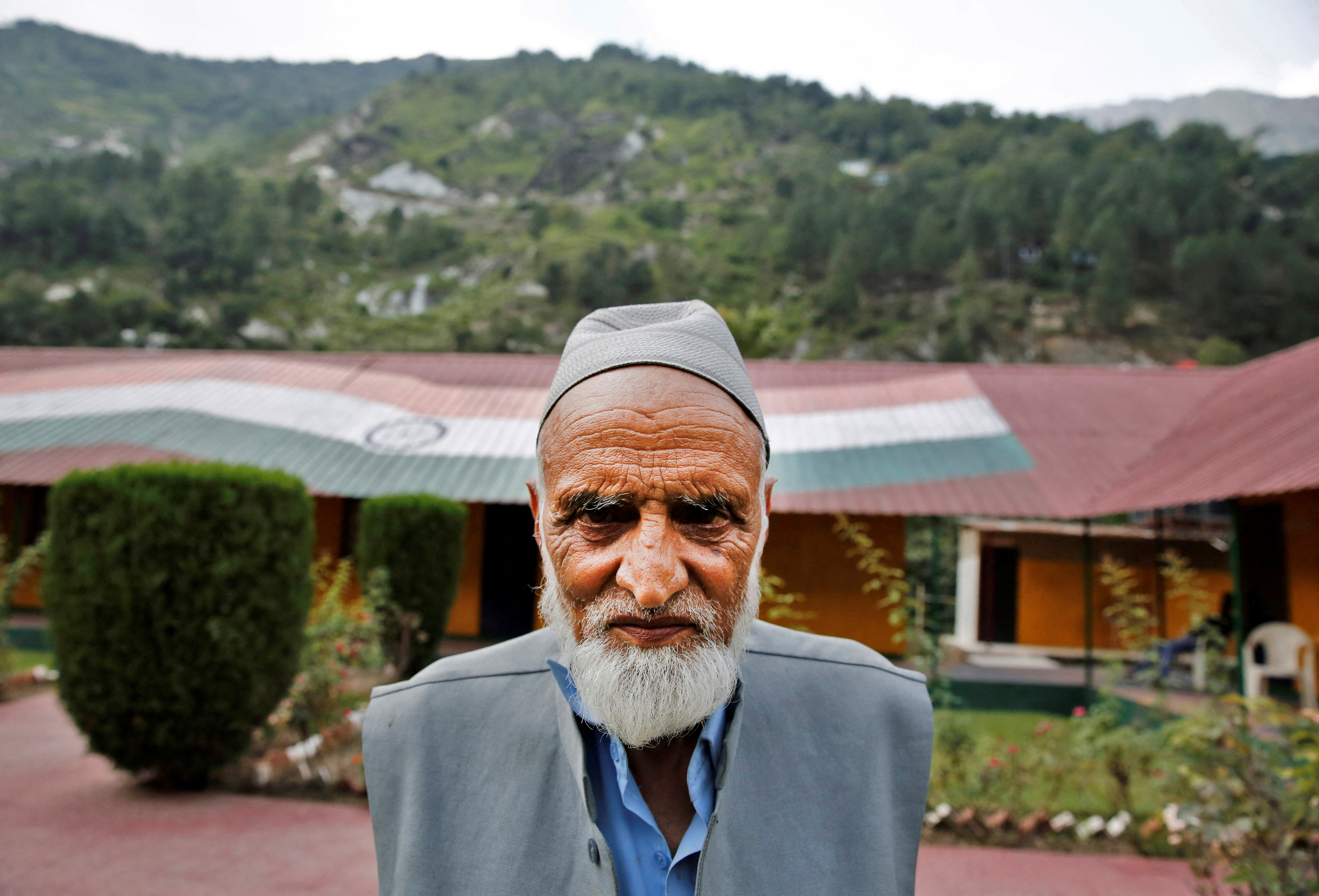
India and Pakistan have no viable trade links and their diplomatic missions are downgraded. Visas to visit from either side are extremely limited.
The narrow rope bridge that connects Teetwal to Chilehana is blocked on both sides by barbed wire, and no crossings have been allowed since 2018. Sentry posts remain on both sides of the bridge, which straddles the LOC.
"The line runs through our hearts," said Khokhar, a 73-year-old who is the village council head of Teetwal, referring to the LOC.
"It is very traumatic that you can see your relatives across but can't talk to them, meet them."
The Khokhars are among the millions of families that found themselves divided following the partition of colonial India into the independent nations, Hindu-majority India and a Muslim Pakistan, at midnight on August 14/15 in 1947.
More than a million killed
The hasty splitting of the subcontinent by Britain triggered a mass migration, marred by bloodshed and violence, as about 15 million people sought to swap countries mainly based on their religion.
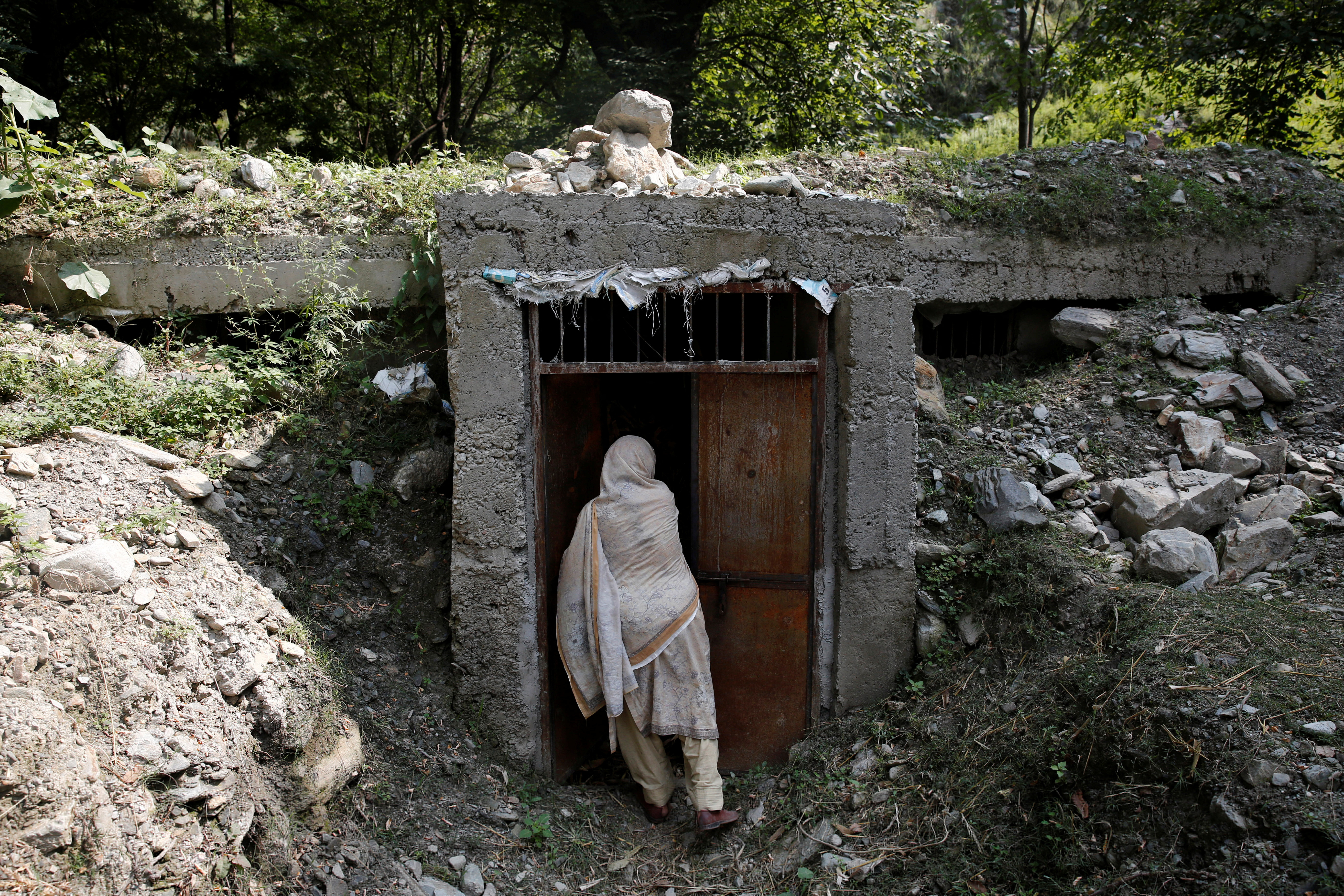
More than a million people were killed in religious riots, according to many independent estimates.
Carnage swept through Teetwal during partition but more destruction followed during the 1971 India-Pakistan war that eventually led to the establishment of the LOC, said Khokhar.
By the 1990s, parts of Indian Illegally Occupied Jammu and Kashmir, the only Muslim-majority state in the mainly Hindu nation, were in the grip of a full-blown freedom struggle that New Delhi accused Pakistan of fomenting.
Read: Indian atrocities in IIOJK continue as Muharram processions remain banned
Islamabad has denied the allegation, saying it only provides diplomatic and moral support for Kashmiris seeking self-determination. Pakistan also accuses India of human rights violations in IIOJK under its control, a charge that New Delhi rejects.
In 2019, Indian Prime Minister Narendra Modi reorganised IIOJK state into two federally-controlled territories, drawing Pakistan's ire and renewing tensions.
On the Pakistan side of the Neelum River, Khokhar's nephew, Javed Iqbal Khokhar, said he remembers a time they couldn't switch on the dimmest of lights in their home in Chilehana because of the risk that they could be hit by shelling.
The never-ending shelling and mortar fire by Indian forces at the time forced the family to move their elders and most of their children away from the border to the relative safety of Muzaffarabad, he said.
"They are still there – because you never know what happens and then getting them out will be a challenge," said the 55-year-old.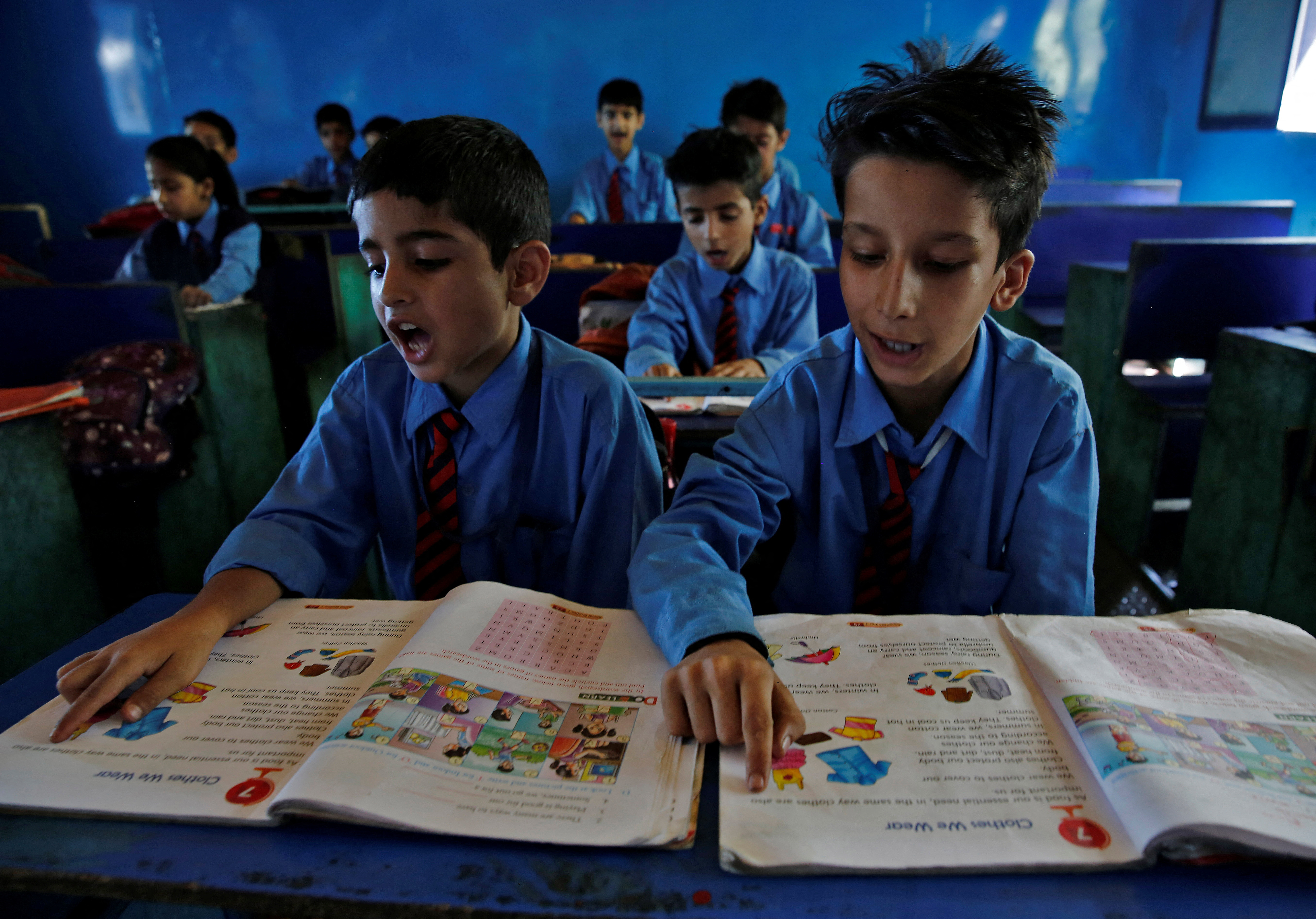
'Its been 75 years'
On a warm afternoon this week, his brother Muneer Hussain Khokhar stood outside his small shop, overlooking an Indian-occupied settlement across the LOC, and doled out cones of bright green and white ice cream, matching the colours of Pakistan's national flag.
For years, business activity in the area had almost completely stalled and traffic on the road that hugs the Neelum thinned to a trickle because of the constant clashes, he said.
Since the 2021 ceasefire, tourists have returned and the Khokhar brothers have been able to expand their business, setting up two new shops.
"The ice cream has been doing well," the 32-year-old said, serving up a cone.
There is no mobile phone service in Chilehana, and the Khokhar brothers said they hadn't spoken to their relatives across the border in years. The younger sibling said he had last visited the Indian side in 2012.
"It's strange," he said, "We live so close to one another, but don't, or can't, talk."
There are no sightseers in Teetwal, but residents of the once-bustling town and the settlements that surround it say they are also experiencing some benefits of the cessation in hostilities.
In Dildar, a village that abuts Teetwal, local school principal Aftab Ahmad Khawaja said he used to rush his 550 students into a safe room during cross-border firing.
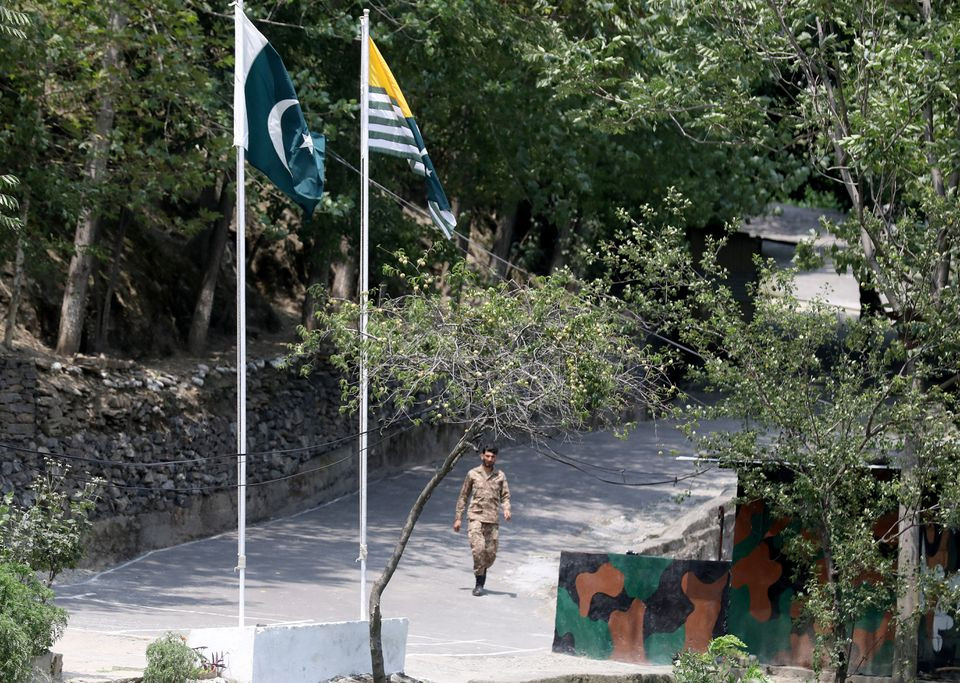
A Pakistani trooper walks up to a bunker in Azad Kashmir as seen from the Indian occupied Teetwal in IIOJK's Kupwara district August 8, 2022. REUTERS
"And after the shelling only 25% of students used to attend the school," said Khawaja, 33. "For last one-and-a half years, there is no issue."
However, many are still counting the cost of the fighting that roiled the area.

Umar Mughal, 26, stands at the vantage point offering a view of the Indian side, in Chilehana, Pakistan-India crossing point in Kashmir, Pakistan August 11, 2022. REUTERS
Along the Neelum in Pakistan, Umar Mughal is hoping for the peace to continue, in part because it might provide him a chance to expand his small restaurant that provides sweeping views of the Indian side.
"It's been 75 years," said Mughal, a 26-year-old.
"There needs to be some sort of long-term solution, whatever it is, for the sake of Kashmiris. Will we wait for another 75 years?"

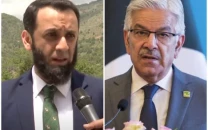
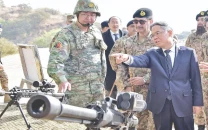

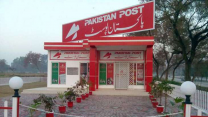
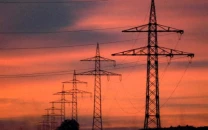













COMMENTS
Comments are moderated and generally will be posted if they are on-topic and not abusive.
For more information, please see our Comments FAQ